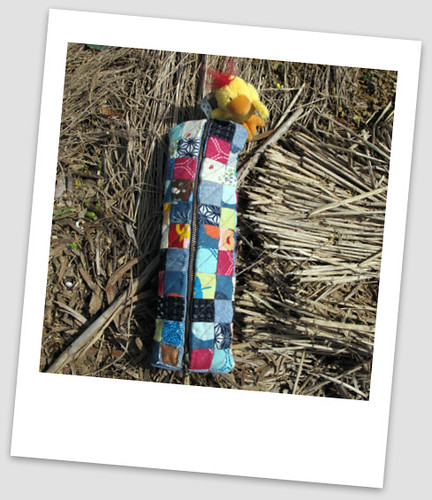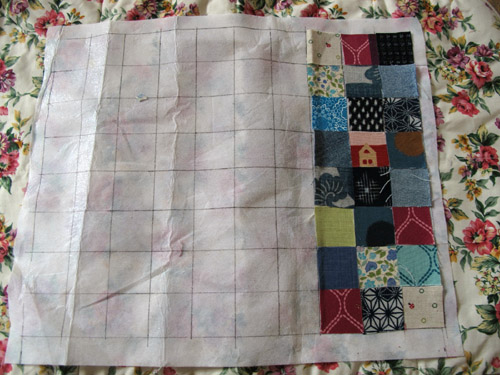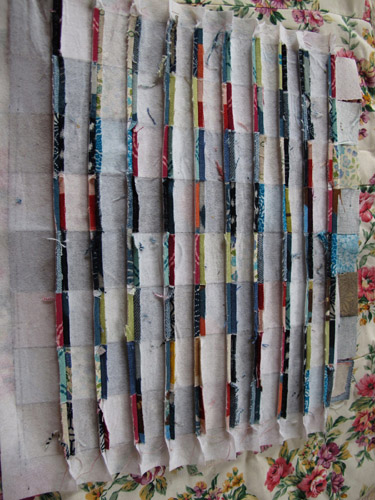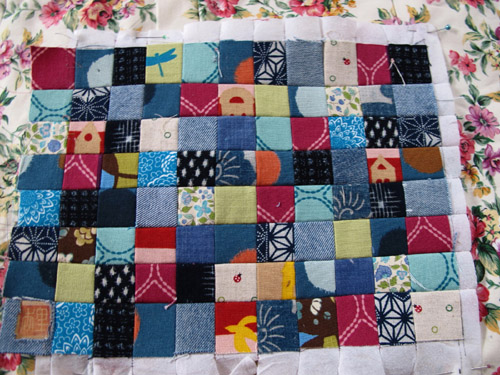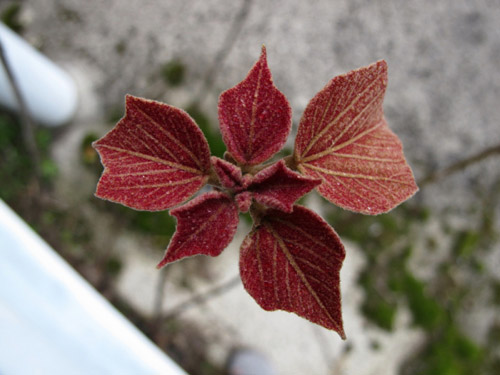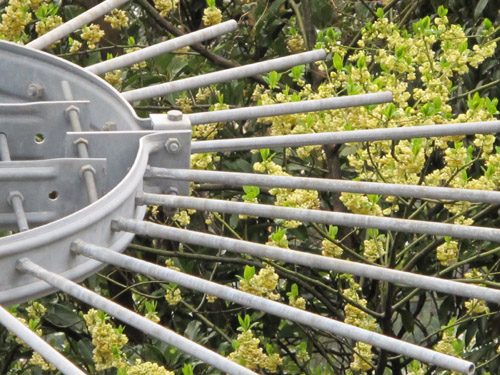One of the most powerful and effective Japanese medicinal
plants is perhaps the most prodigious and fast growing plants found in the
mountains of Amakusa- Kudzu. The vines grow all over our paragliding takeoff
and I am forever losing the battle trying to exterminate them.
The root of the plant is often used to make an immune
stimulant called Kakkonto. I often take this in a drink form if I feel like I
might be catching a cold- similar to Echinacea. Apparently it is effective for
treating hangovers as well.
In the fall the plant has pretty purple blossoms that have a
sweet and fruity aroma.
The other day as I was waiting for the wind to improve to
paraglide, an older Japanese woman came and started collecting these flowers.
Heh, this is cool, what is she doing?! I tried to engage her in a conversation
and pick her brain about what she was doing, but after a quick rather short
explanation she moved on looking for more purple flowers.
No big deal, nowadays with the internet, it’s simple to look
things up and try and make something delicious. Of course, it wasn’t so simple.
In the end I found various different ideas, but ended up improvising a bit (for
better or worse, we shall see).
First, I picked blossoms off the plentiful vines. The blossoms
came off easily with my fingers. When picking it’s important to watch your feet
because this is the most dangerous season for the mamushi- Amakusa’s only
poisonous snake and the suzumebachi- a giant hornet that is potentially lethal
(especially since I have already been stung twice).
Once I collected a bag full of blossoms, I spread them out
in a colander and inspected for insects, leaves, rotten blossoms etc.
I didn’t wash the blossoms before processing them because I
read that this decreases their medical potency. I suppose if you collect the
blossoms near a busy road, you might want to wash them well before you more on.
Next I filled 2 plastic bottles with the blossoms.
And then, filled
the bottles with 500 cc of water and 500 cc of sugar. In one of the bottles I
also added a bit of honey.
Tadaaa! There you have it. Now I just have to put the
bottles in a relatively cool place, release the lid a little every day to
release the carbonation, then wait and see what happens!
Apparently the flowers have a natural yeast which when mixed
with sugar and left to gradually ferment will first become a refreshing drink, then
a tasty alcoholic drink and finally a fragrant vinegar.
So, now we have to wait and see! Apparently the color is supposed to be quite change and be quite lovely once the fermentation starts.















